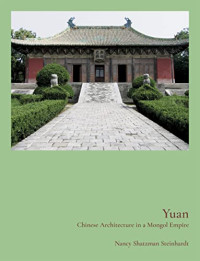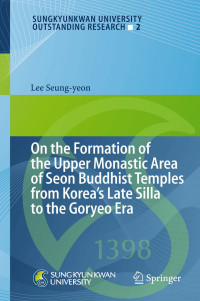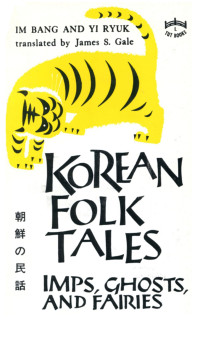
On the Formation of the Upper Monastic Area of Seon Buddhist Temples from Korea´s Late Silla to the Goryeo Era
Lee Seung-yeon (auth.)
When Seon (Zen) Buddhism was first introduced to Korea around Korea’s late Silla and early Goryeo eras, the function of the “beopdang” (Dharma hall) was transfused to the lecture hall found in ancient Buddhist temples, establishing a pivotal area within the temple compound called the “upper monastic area.” By exploring the structural formation and dissolution of the upper monastic area, the author shows how Korea established its own distinctive Seon temples, unlike those of China and Japan, in the course of assimilating a newly-introduced foreign culture as its own. To accomplish this, the author analyzed the inscriptions on stone monuments which recorded the lives of eminent monks and also numerous excavated temple ruins. These analyses give us a new perspective on the evolution of the upper monastic area, which had the beopdang as its center, at a time when early Seon temples were being established under very adverse and unstable circumstances. The exploration of the spatial organization and layout of Korean Seon temple architecture has illuminated the continuity between Korean Buddhist temples of both the ancient and medieval eras.
Catégories:
Année:
2013
Edition:
1
Editeur::
Springer International Publishing
Langue:
english
Pages:
117
ISBN 10:
3319000535
ISBN 13:
9783319000534
Collection:
Sungkyunkwan University Outstanding Research 2
Fichier:
PDF, 35.45 MB
IPFS:
,
english, 2013
Ce livre ne peut être téléchargé en raison d'une plainte du titulaire d'un droit
Beware of he who would deny you access to information, for in his heart he dreams himself your master
 Convertissez des fichiers
Convertissez des fichiers Plus de résultats de recherche
Plus de résultats de recherche Autres avantages
Autres avantages 














